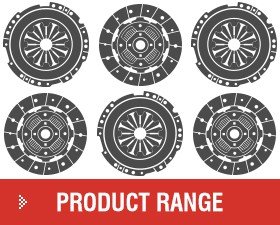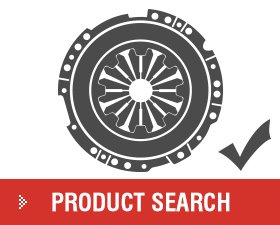There are many types of clutch designs pending on the application. Most automotive clutches are a dry single plate clutch with two friction surfaces. No matter the application, the function and purpose of a clutch is to transmit torque from a rotating driving motor to a transmission.
Clutches require a mode of actuation in order to break the transmission of torque. The clutch pedal is a method of leverage to disengage drive from the engine to transmission from within the vehicle. The pedal translates a parabolic swing of the clutch pedal into a linear movement. This linear movement is then translated to movement of the thrust bearing by displacement of either mechanical linkages, cable or hydraulic fluid.

The clutch has several components that are key to its operation:
The Flywheel has 3 main functions. The first is to maintain a rotating mass (inertia) to assist the engine rotation and provide a more consistent delivery of torque during running. The second is to provide a ring gear for the starter motor to engage on. The third is to provide one of the driving friction surfaces for the friction disc.
The Driven Friction Disc is connected to the transmission input shaft via a spline. The disc drives the input shaft in the transmission which translates movement at the wheels. The disc has a sacrificial friction material that allows the clutch to be modulated in order to control the drive when taking off from a standing start. The disc also contains a sprung hub which absorbs engine vibration when the clutch is driving and also absorbs torque when engaging and disengaging drive.
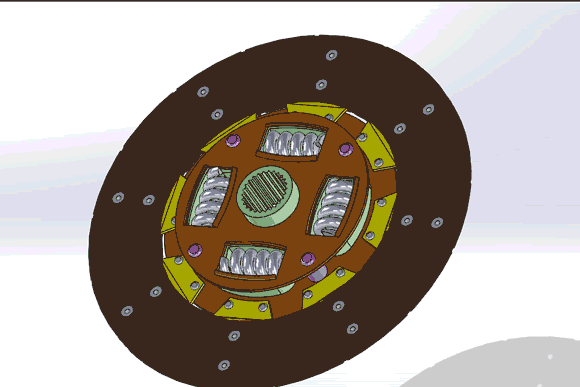
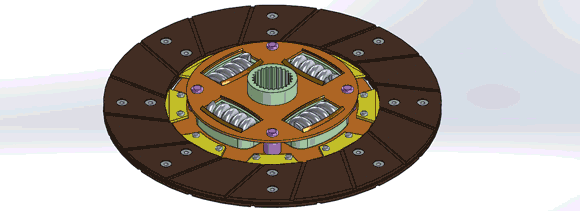
The Pressure Plate is the most critical part to the whole clutch assembly. The pressure plate applies a clamping force (pressure) which holds the driven friction disc between it and the flywheel. The pressure plate is fixed to the flywheel with bolts and they rotate together. The pressure plate contains a diaphragm or springs that apply the pressure on the main casting or driving surface. In order to release or disengage drive, the diaphragm or clutch levers are actuated which allows the main casting to lift off the driven disc.
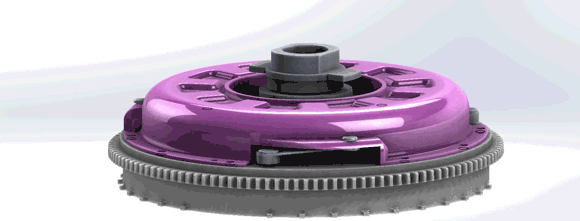
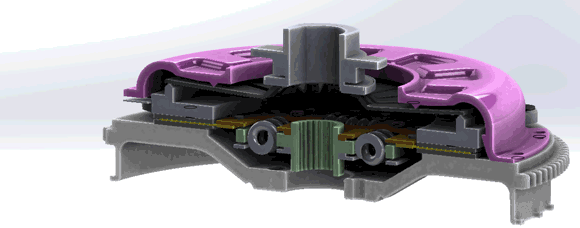
The Release Bearing provides a medium of actuation between the rotating clutch assembly and the static clutch fork and transmission. The bearing will absorb the force to release the clutch and also reduce wear between rotating and non-rotating components.
A Pilot Bearing is not present in all clutch assemblies but is most common in RWD engine configurations. This bearing sits either in the back of the crank or in the flywheel and locates the input shaft. It is important to locate the input shaft in the back of the crank for correct clutch life and operation. Without a pilot bearing, excessive wear can occur in the splines and the hub of the driven disc, which can cause clutch release issues.
ACS has a range of Clutch Kits and Flywheels to suit most automotive, commercial and agricultural applications.




